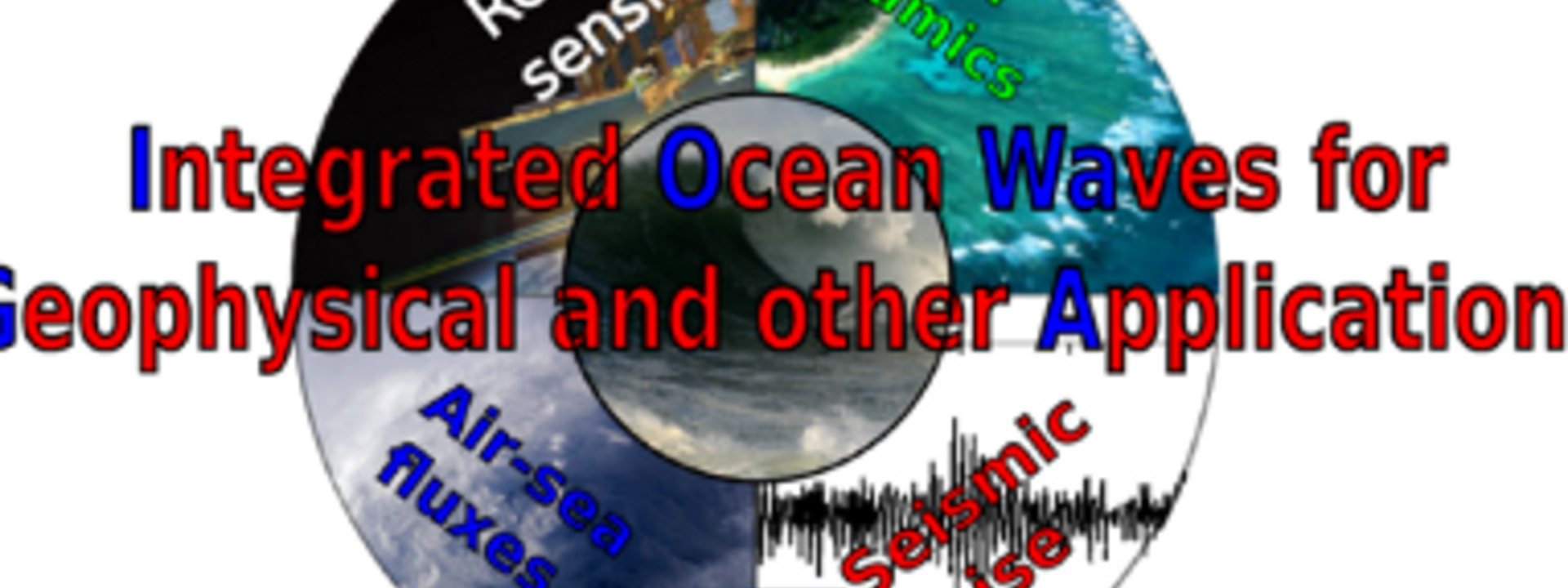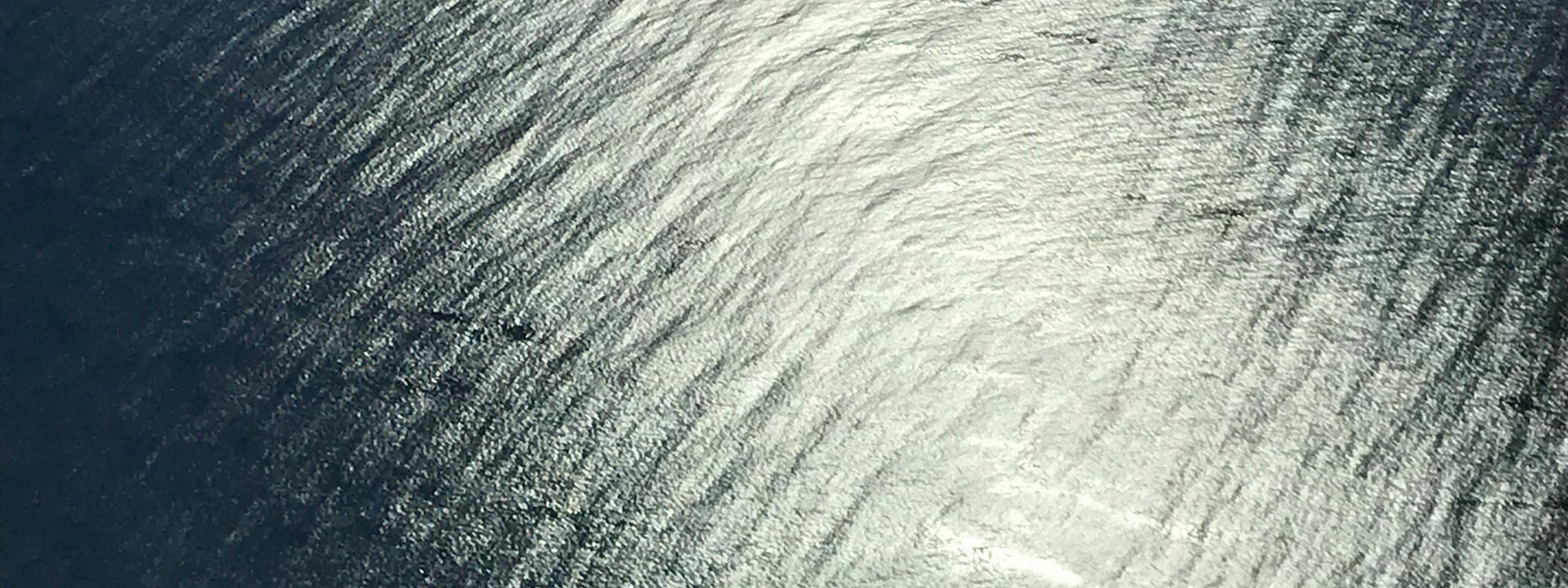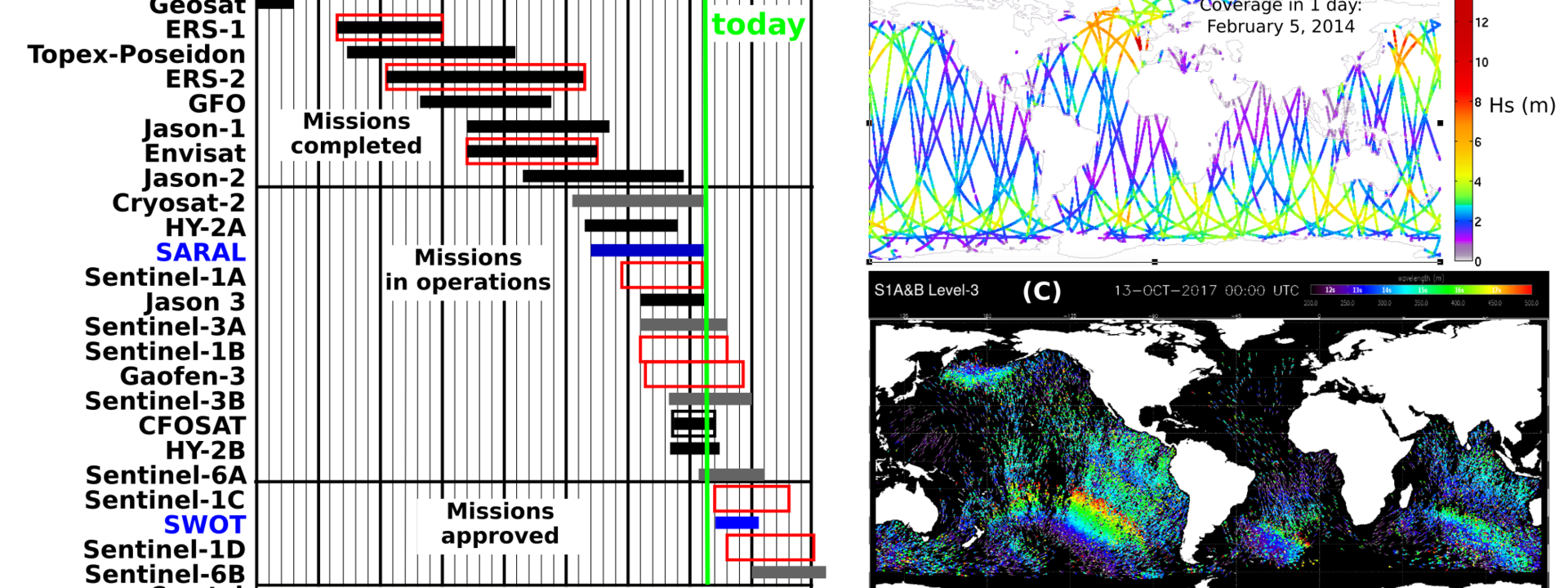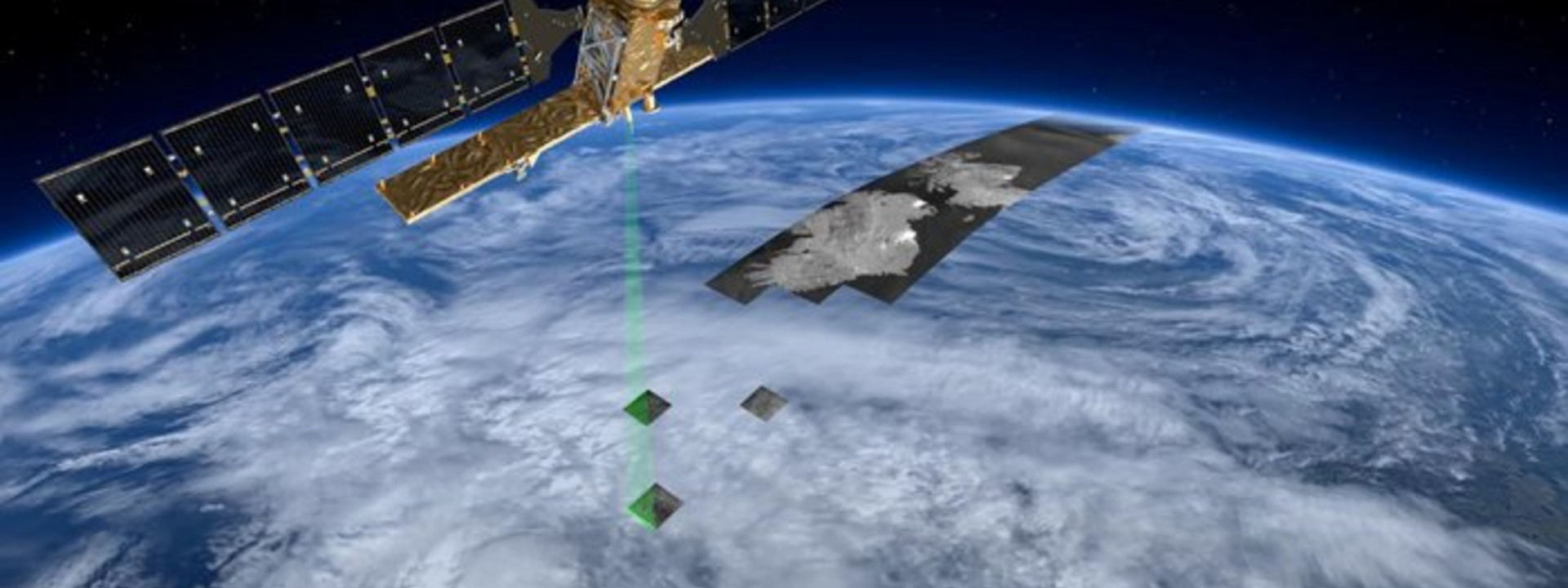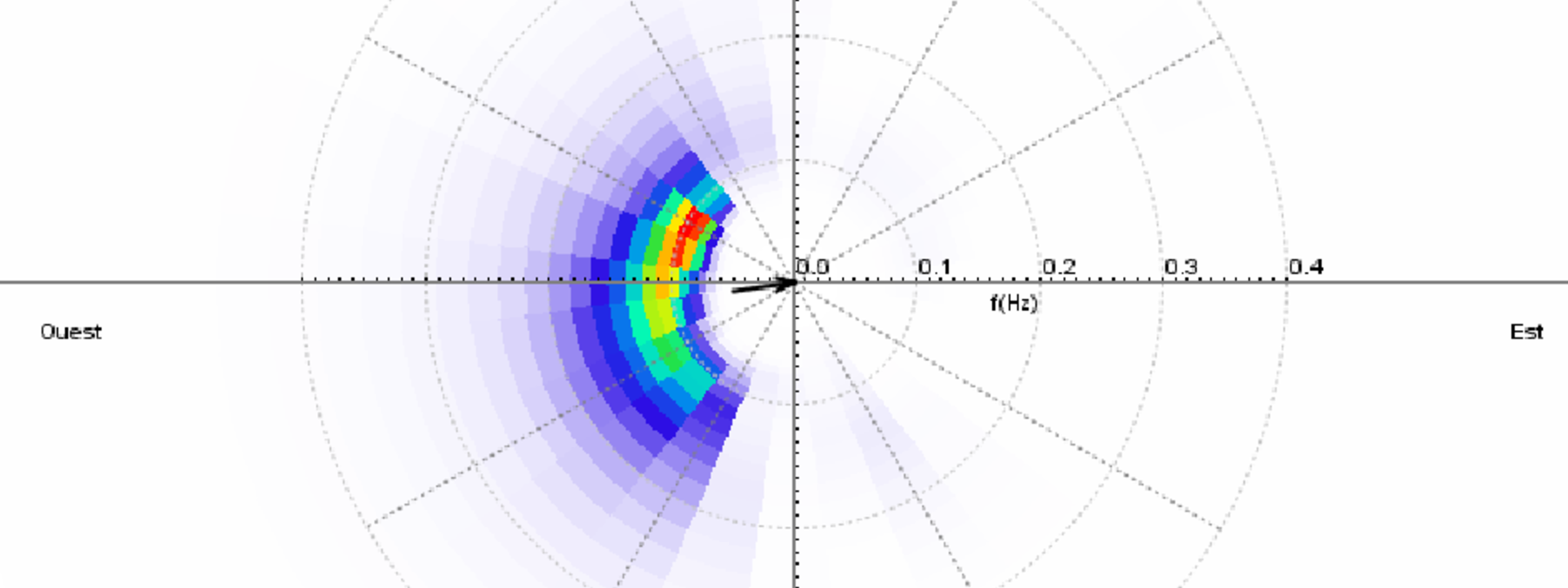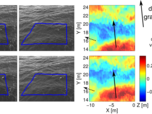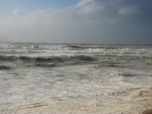Dernières actualités
From oceans to lakes, hurricane Sandy reveals clear improvements in wave forecasts
As hurricane Sandy crashed onto the U.S. East coast on October 29, the Great Lakes saw some near-record high sea states, with wave heights up to 6.6 m in southern Lake Michigan. These were very well captured by the new wave modelling system developped in partnership between Ifremer and the U.S. weather service (NOAA/NCEP).
Wave watching: short waves do not go in the wind direction
Using a novel stereo-video system we have observed that short waves go in much more oblique directions than previously thought ... at least for moderate winds and close to the coast
surf beats & Earth's hum
The solid Earth is ringing with incessant oscillations caused by ocean waves, that take the form of seismic waves. These "noises" range over 8 octaves, just like a piano keyboard, but with much lower and inaudible tones, with periods of 0.5 to 500 s. The faintest of these signals are found in the lowest tones, with periods 50 to 300 s, and amplitudes of a few tens of nanometers. These weak signals were only discovered in 1998. A team of French researchers has now established that the amplitude of the vertical component of these motions can be predicted from the known properties of ocean waves. Their paper just appeared in the Journal of Geophysical Research and provides a detailed quantitative theory for how much ocean waves, from very long ones to short ones across 6 octaves, interact with the ocean floor to produce seismic waves. This research opens the way to a better use of seismometer data from all around the globe, for the analysis of ocean storm properties and properties of the solid Earth.
Contact
: Fabrice Ardhuin
:
IFREMER
Laboratoire de Physique des Océans
CS10070 - 29280 Plouzané - FRANCE

